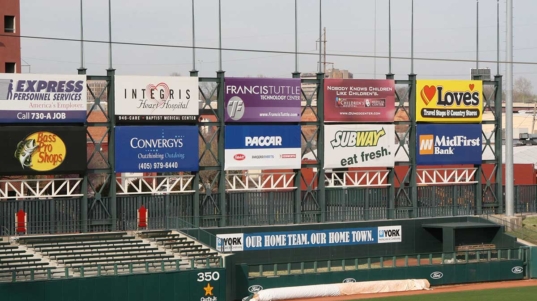As we step into 2024, the advertising landscape continues to evolve at a rapid pace, driven by tech ...
What Is OOH? An Introduction to Out-of-Home Advertising
In the world of marketing and advertising, staying ahead of the curve is crucial. One of the most d ...


